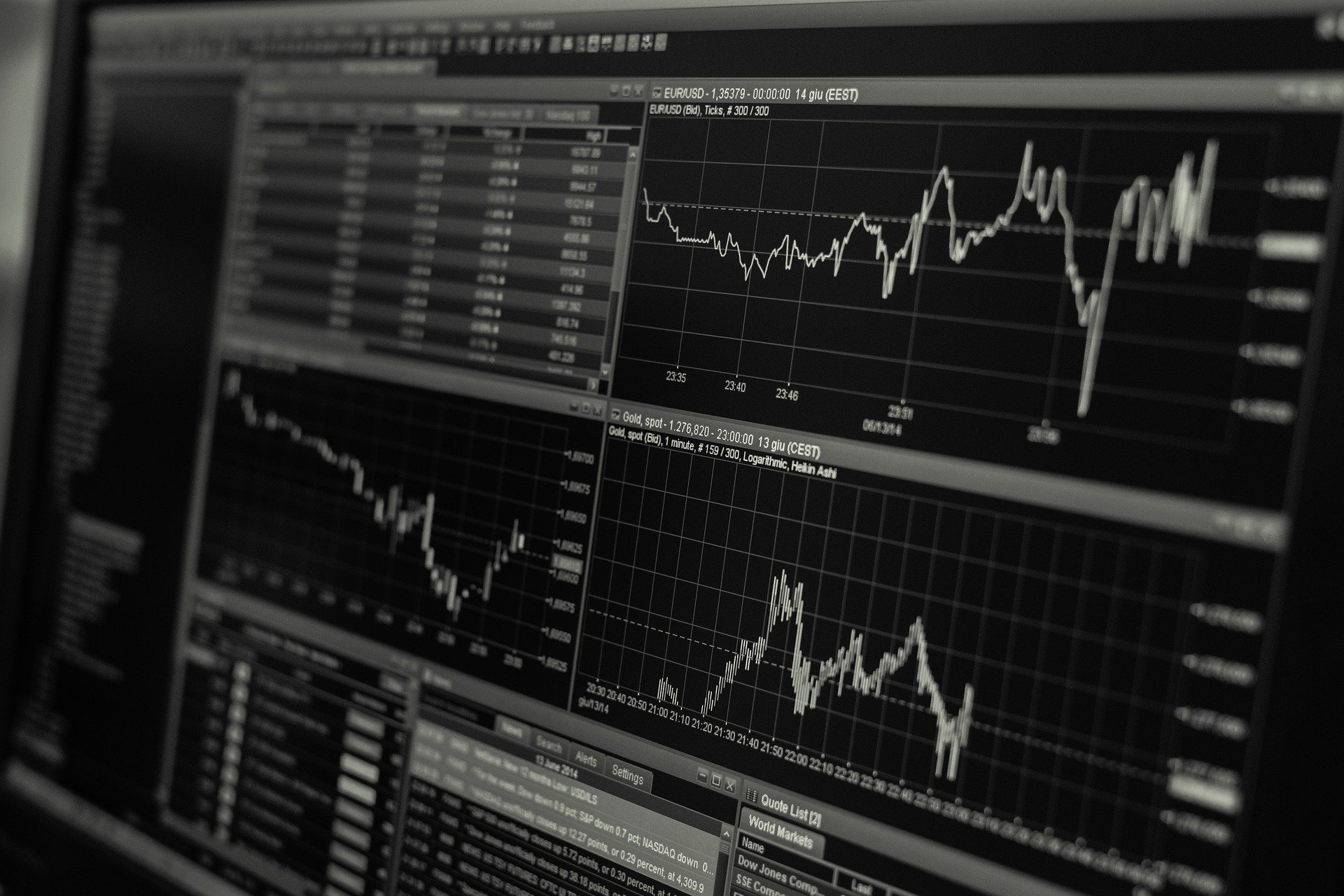What Is a Contract for Differences (CFD)?
A contract for differences (CFD) is a financial derivative trade in which the settlement differences between open and closing trade prices are cash-settled. CFDs do not involve the delivery of tangible items or securities.
CFDs are a trading instrument that allows you to make profits on the rise and fall of an asset. To do this, you have to either buy CFDs or sell them, depending on your prediction. However, before deciding to start trading CFDs, you need to know a lot of important information first! This includes everything from differences between various types of assets, what it means when you trade leveraged products and how best to utilize stop-loss orders.
CFD trading advantages
Trading CFDs have some significant advantages over more traditional forms of investing as they tend to be cheaper than buying tangible assets and not being bound by as many rules and regulations. In addition, these products also often allow for very high levels of leverage -if you have $1000, you could enter a CFD position worth $100,000.
However, this leverage has to be handled carefully, as if the market turns against your position, it can very quickly start to eat away at the capital in your account. Before taking any leveraged positions, you must understand precisely what this means and how it works. When trading CFDs, you are often given 50:1 or even 100:1 leverage, meaning that you can buy $50 or $100 worth of exposure to the underlying asset for every dollar in your account.
This makes it easy to double up on profits by doubling down and equally easy to get into trouble by buying twice as many losses at half the price! In addition to this, these products can also be very volatile, so you must have a good understanding of the market you are trading. Ideally, you should only venture into these types of products if you already have a reasonable level of knowledge about what is going on in the industry and have a good idea about how equity markets operate.
Try different currencies
Once you have your confidence and have been trading for a few weeks, it might be worth trying out some different currencies or commodities. In general, these instruments tend to be less volatile than equities but still provide similar possibilities for gaining leverage. Commodities such as oil and gold often move significantly over short periods, making them perfect candidates for CFD traders. Dollar-cost averaging is a popular trading method that is a risk-averse approach to buying an asset. This involves making regular fixed investments in a specific product to reduce the riskiness of the movement in price over time. In this way, you can still make money from both rises and falls in price without taking too much risk at any one point.
The point is:
CFD trading has several benefits, including lower margin requirements, easy access to worldwide markets, no shorting or day trading restrictions, and little or no costs. On the other hand, high leverage magnifies losses when they occur, and paying a spread to enter, and exit positions may be expensive when significant price fluctuations do not occur. Indeed, the European Securities and Markets Authority (ESMA) has limitations on CFDs to protect individual investors.
In conclusion
CFDs are great instruments to trade, but before starting, it is essential to understand what you could potentially be getting into. The potential for high profits alongside relatively low costs means that these products are very attractive to new investors. Still, when placing positions, You should take care as they can turn sour very quickly if you’re not careful!
